CONSTRUCTION COST ANALYSIS AND QUALITY CONTROL
In 2001, we invented new cost control tools that are unique in our industry. We now have a detailed analysis of over 50 projects and 100 bids. We have refined formulas to estimate construction costs before we even begin design. These room-by-room or part-by-part estimates are now usually accurate to within 10% of final costs. We have often saved clients the entire amount of our fees or more, but sacrificing quality cannot be the method. That would sacrifice long-term value.
Our cost analysis tools separate us from our competitors.
Not long after we started doing this, we realized our cost control tools too crude and we couldn’t rely on builders to provide accurate estimates without completed design documents. Our clients needed better information about costs before spending a lot on our fees. They also needed to know the cost implications of different design options.
Subsequently, we have analyzed a whole lot of our own projects and developed formulas for estimating construction costs in a number of novel ways. We can also provide very detailed estimates once the design has progressed to about the halfway mark. These become powerful tools for doing value engineering prior to design completion and for analyzing construction bids later on. We also provide full tracking of the construction-side costs of projects, including bid-to-bid comparisons and specific sub-contractor cost breakdowns.
Managing for high-quality construction is also essential, of course, as lower cost cannot be achieved by sacrificing quality. Combining our cost management tools with thorough sets of documents is essential. It becomes easy to spot where costs are too high or too low, which will also cause problems.
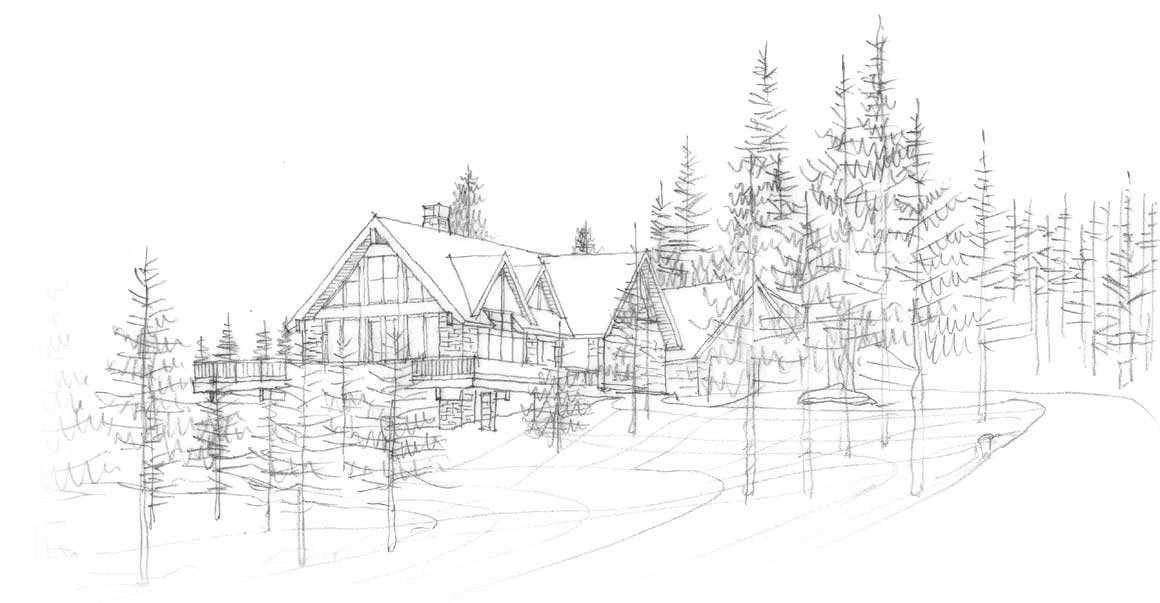
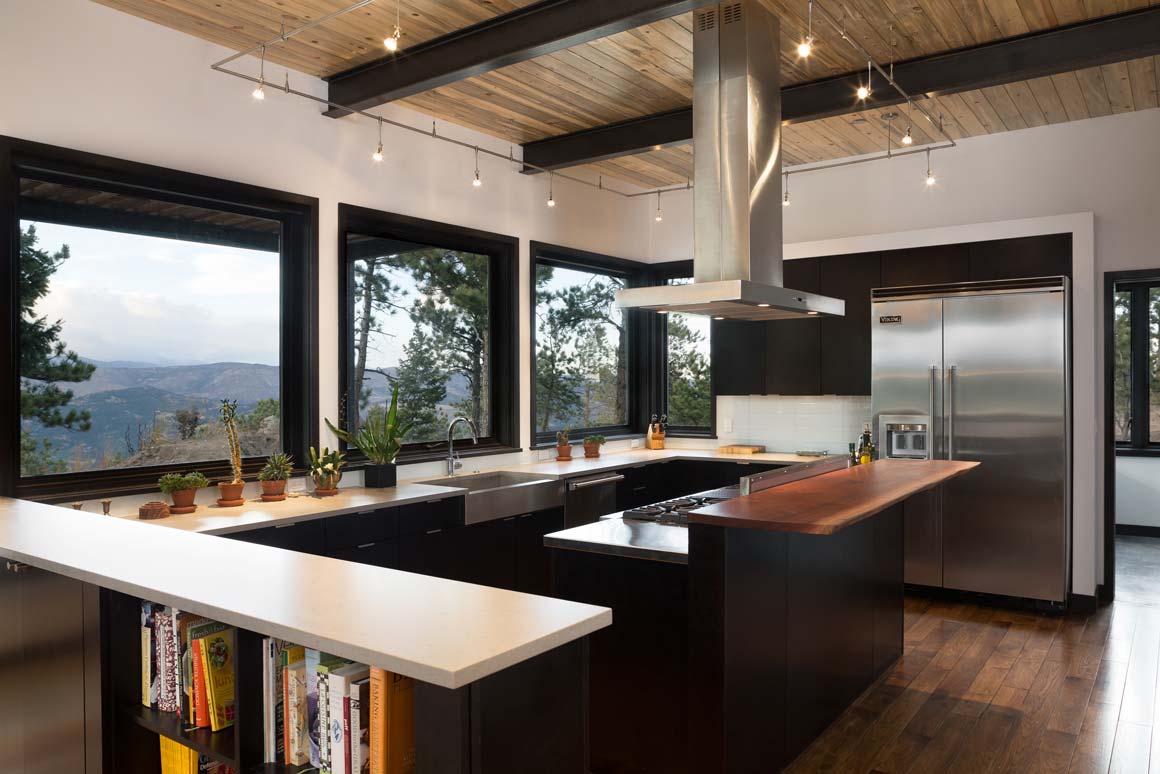

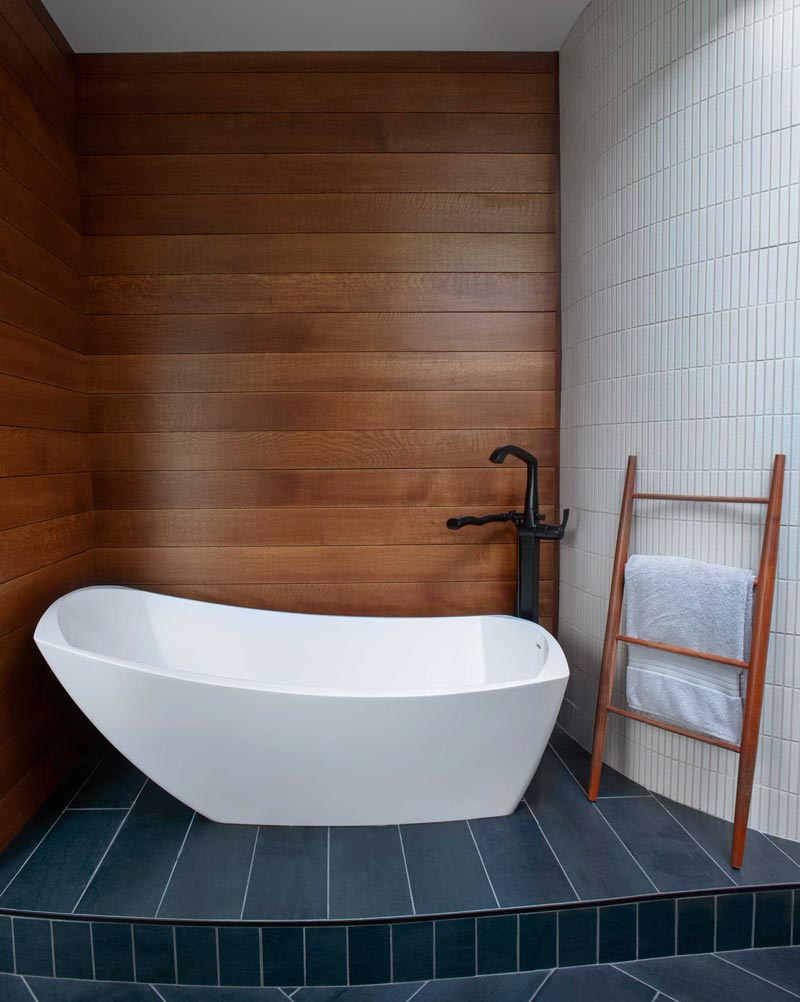
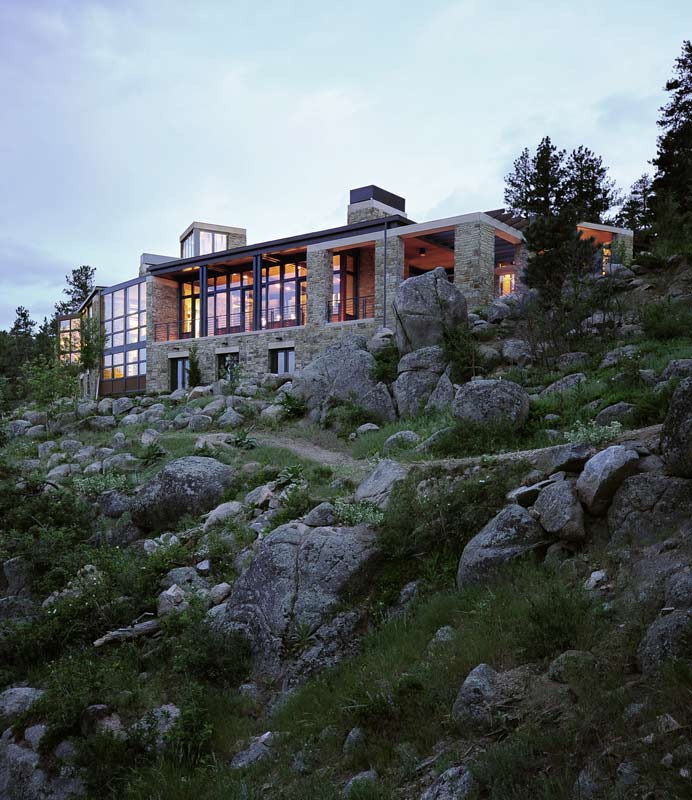

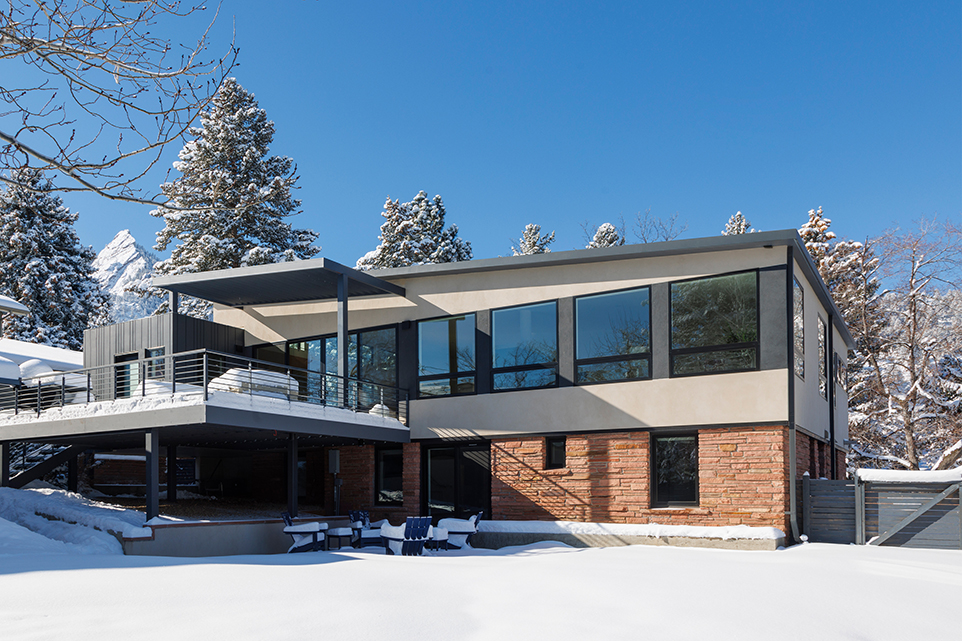
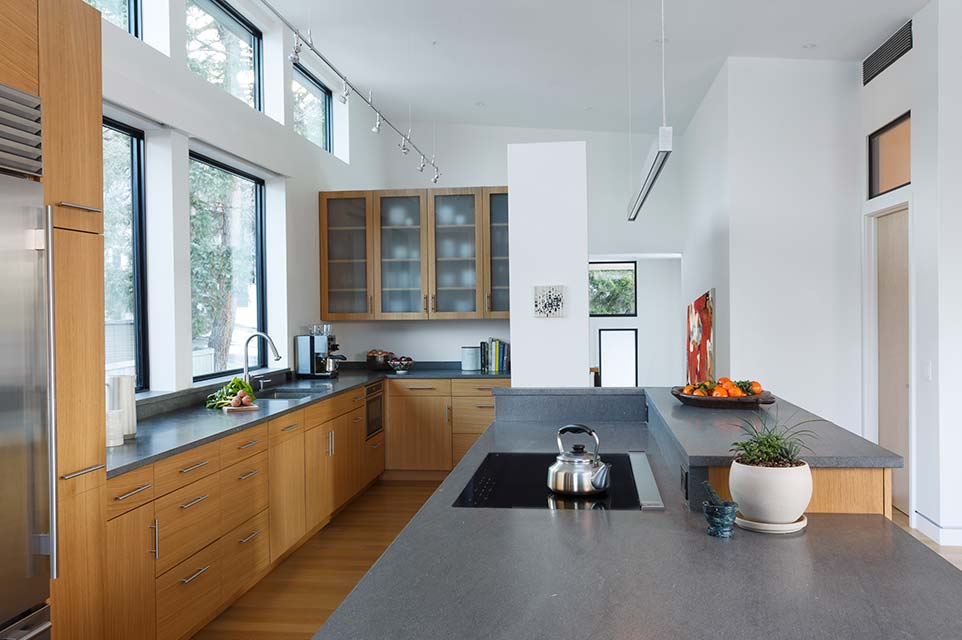
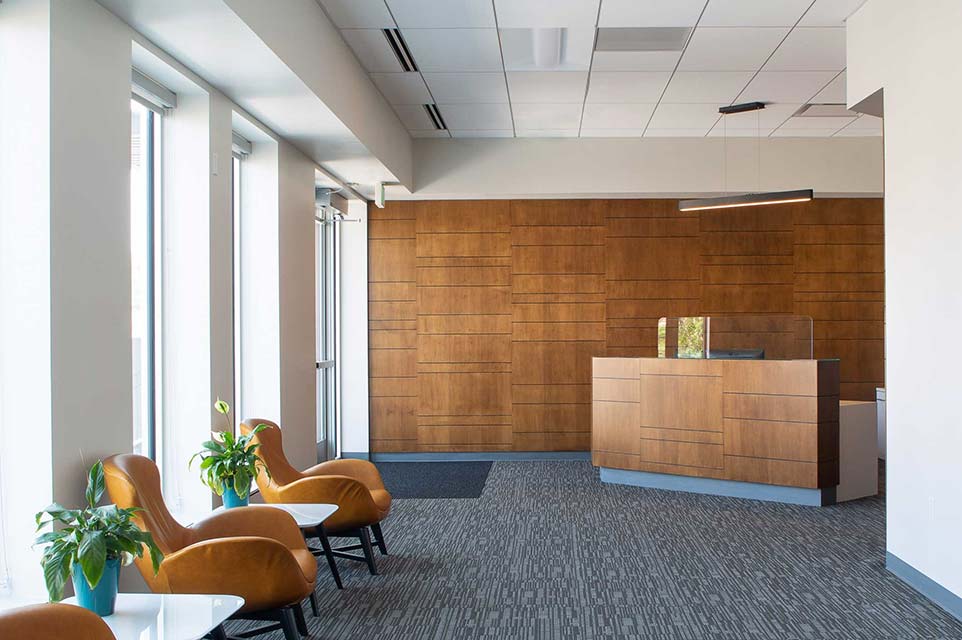
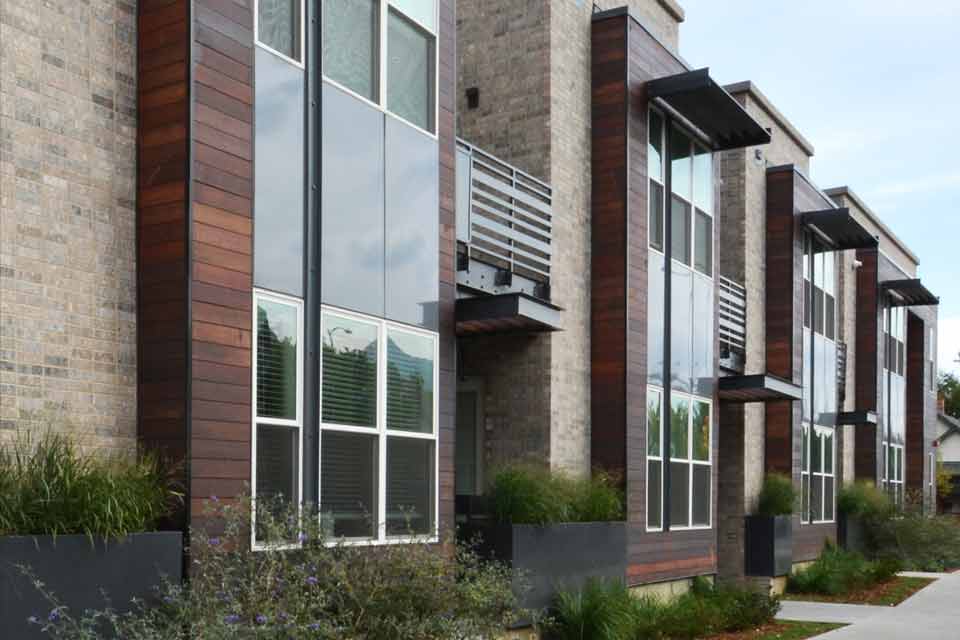
Comments are closed.